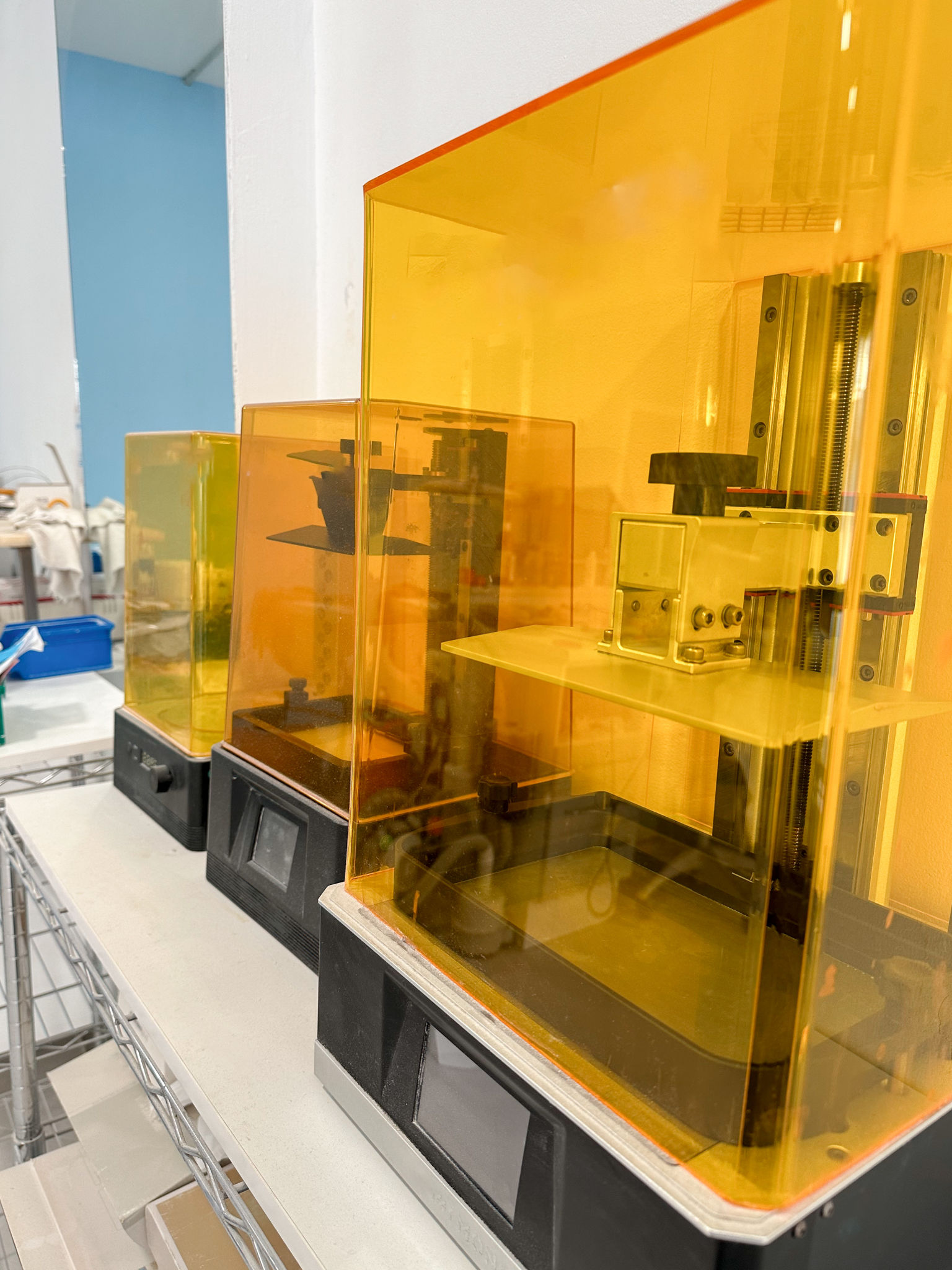Integrating 3D Printed Models into Your Dental Practice: A Step-by-Step Guide
In recent years, the dental industry has witnessed a remarkable transformation with the advent of 3D printing technology. This innovation has not only revolutionized the way dental professionals approach treatment planning and patient care but has also streamlined processes, increasing efficiency and precision. If you're considering integrating 3D printed models into your dental practice, this step-by-step guide will help you navigate through the process smoothly.
Understanding the Benefits of 3D Printing in Dentistry
The integration of 3D printing into dental practices offers numerous advantages. Firstly, it allows for customized solutions, enabling dentists to create patient-specific models that enhance the accuracy of treatments. Additionally, 3D printing reduces turnaround times, as models can be produced in-house rather than relying on external labs. Moreover, it significantly cuts down costs by minimizing material wastage and labor expenses.
Furthermore, 3D printing enhances patient communication and education. By presenting tangible models, patients can better understand their treatment options, leading to more informed decisions and increased satisfaction with the care they receive.

Setting Up Your Practice for 3D Printing
Before implementing 3D printing technology, it's essential to prepare your practice adequately. Here are a few key steps to consider:
- Research and select the right 3D printer: Evaluate different models based on factors such as print quality, speed, and cost-effectiveness to find one that suits your practice's needs.
- Train your staff: Ensure that your team is well-versed in operating the 3D printer and related software. Consider enrolling them in training programs or workshops.
- Set up a dedicated space: Allocate a specific area within your practice for the 3D printer and associated equipment to maintain an organized and efficient workflow.
Designing and Printing Dental Models
Once your practice is set up, the next step is to design and print dental models. This process begins with digital scanning of the patient's mouth using an intraoral scanner or other imaging technology. The scanned data is then used to create a digital model using specialized software.
After designing the model, it's time to prepare it for printing. Ensure that the design file is compatible with your 3D printer's software and make any necessary adjustments for optimal results. Once ready, send the model to the printer and initiate the printing process.

Post-Processing and Quality Assurance
After printing, dental models require post-processing to ensure they meet the required standards. This may involve cleaning, curing, and inspecting the models for any defects or inaccuracies. It's crucial to establish a quality assurance protocol to maintain consistency and precision in every model produced.
Regularly calibrate your printer and update its software to keep up with technological advancements and improve print quality over time. This attention to detail will help you maintain a high standard of care in your practice.
Incorporating 3D Models into Patient Consultations
With completed 3D printed models, you can enhance patient consultations by providing a visual representation of their dental condition and proposed treatments. This approach not only improves patient understanding but also builds trust and confidence in your expertise.

Utilize these models during discussions about treatment plans, surgical procedures, or orthodontic adjustments to give patients a clear picture of their options and expected outcomes.
Exploring Future Opportunities with 3D Printing
The integration of 3D printing in dentistry is just the beginning. As technology continues to evolve, new materials and techniques are being developed, offering even more possibilities for dental professionals. Stay informed about these advancements by attending industry conferences, participating in workshops, and connecting with other professionals in the field.
By embracing 3D printing technology today, you'll position your practice at the forefront of innovation, providing exceptional care and service to your patients while optimizing operational efficiencies.